Our offer
Sports massage focuses on the treatment and prevention of soft tissue injuries related to physical activity. Techniques are designed to improve flexibility, reduce muscle tension, enhance recovery, and support optimal performance for athletes and active individuals.
Cupping involves the use of suction cups placed on the skin to promote blood flow, reduce muscular tension, and support the body’s natural healing processes. It can be beneficial for musculoskeletal pain, inflammation, and circulation improvement.
Sports rehabilitation aims to restore function, strength, and mobility following injury. Treatment plans are tailored to each individual and may include exercise therapy, manual techniques, and education to prevent re-injury and optimize long-term performance.
Clinical hypnotherapy uses guided relaxation and focused attention to achieve a heightened state of awareness, allowing positive behavioural or emotional change. It can assist in managing pain, anxiety, stress, and certain habit-related conditions.
Rooted in Traditional Chinese Medicine, acupuncture involves inserting fine, sterile needles into specific points on the body to balance energy flow (Qi) and stimulate the body’s natural healing mechanisms. It may help with pain management, stress reduction, and general well-being.
Western medical acupuncture, also known as dry needling, is an evidence-based approach that targets trigger points and muscular tension to relieve pain and improve movement. It is grounded in modern anatomy and physiology principles.
A relaxation massage promotes overall well-being through gentle, rhythmic techniques that reduce stress, improve circulation, and encourage a sense of calm and balance throughout the body.
Wood therapy uses anatomically designed wooden instruments to stimulate lymphatic flow, reduce fluid retention, and support detoxification. It may also help improve skin tone and assist with muscle relaxation.
Workshops provide hands-on training and practical learning for therapists, clinicians, and wellness professionals seeking to develop new skills or enhance their existing expertise.
Events offer opportunities for professionals to connect, exchange knowledge, and stay informed about the latest research and innovations in health, rehabilitation, and complementary therapy.
Continuing Professional Development (CPD) ensures practitioners maintain high standards of care through ongoing education, reflective practice, and evidence-based learning.
Find us at:
Inspire House
22 Tonbridge Road
Maidstone
Kent
ME16 8RT
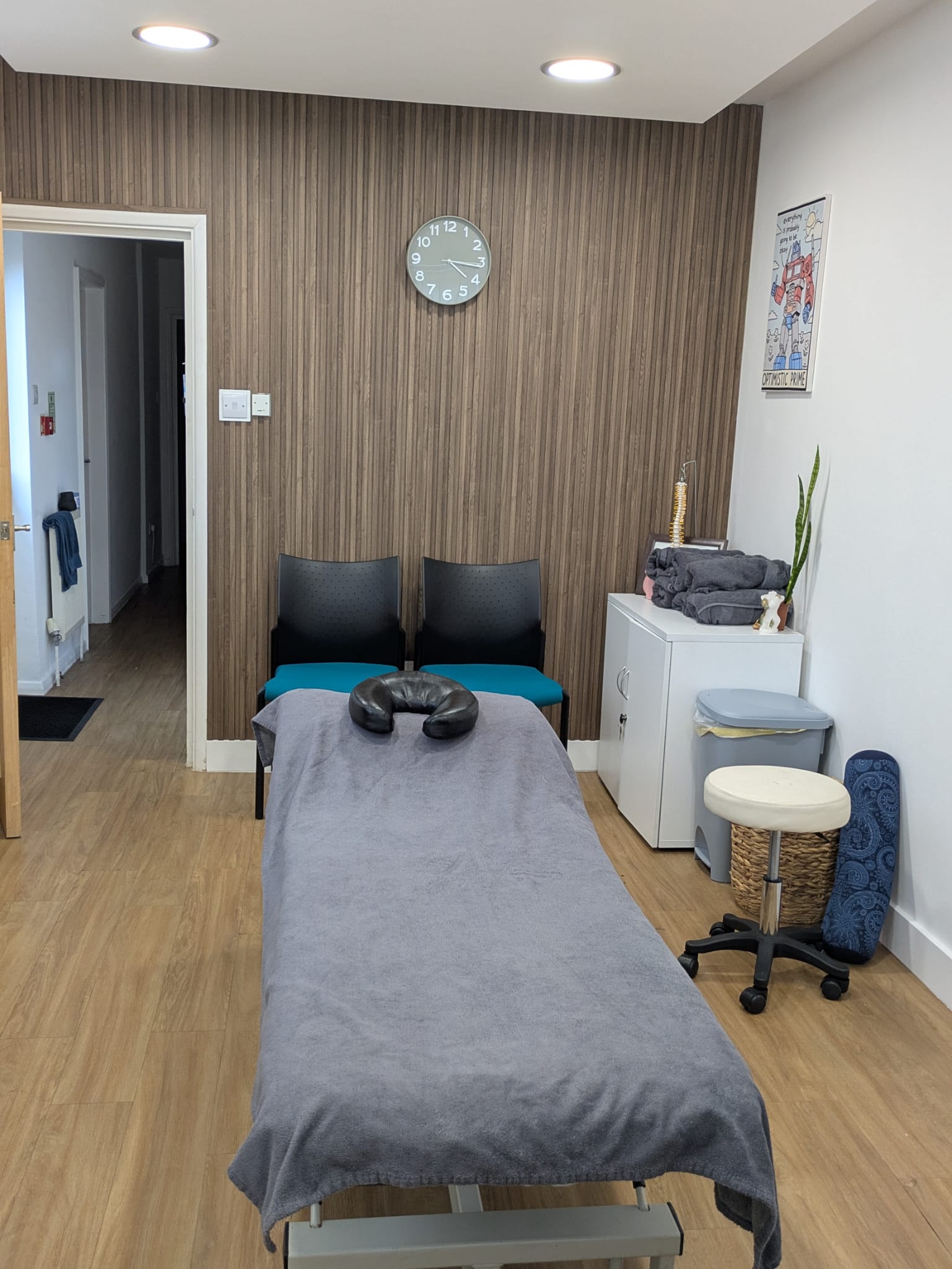
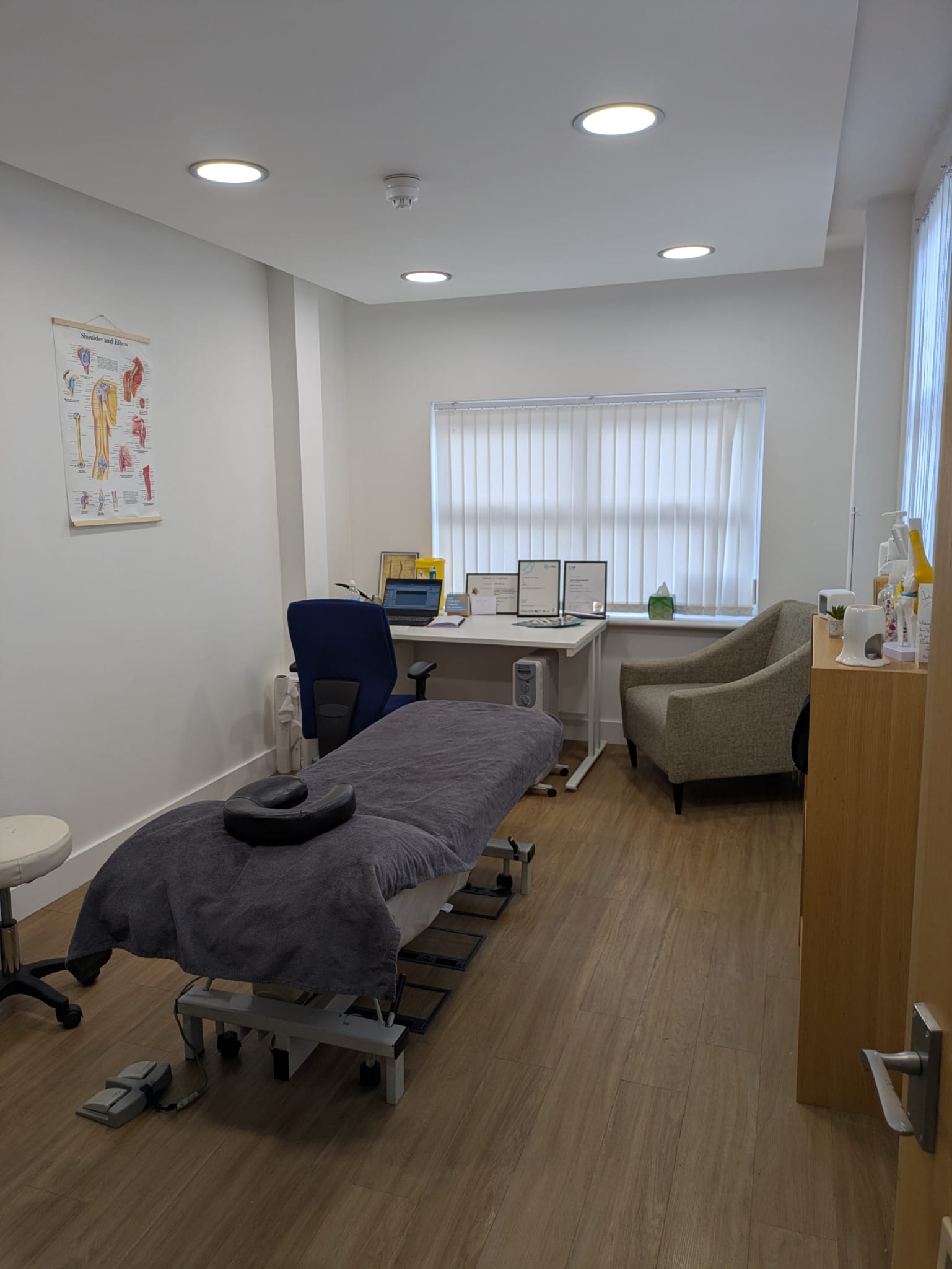
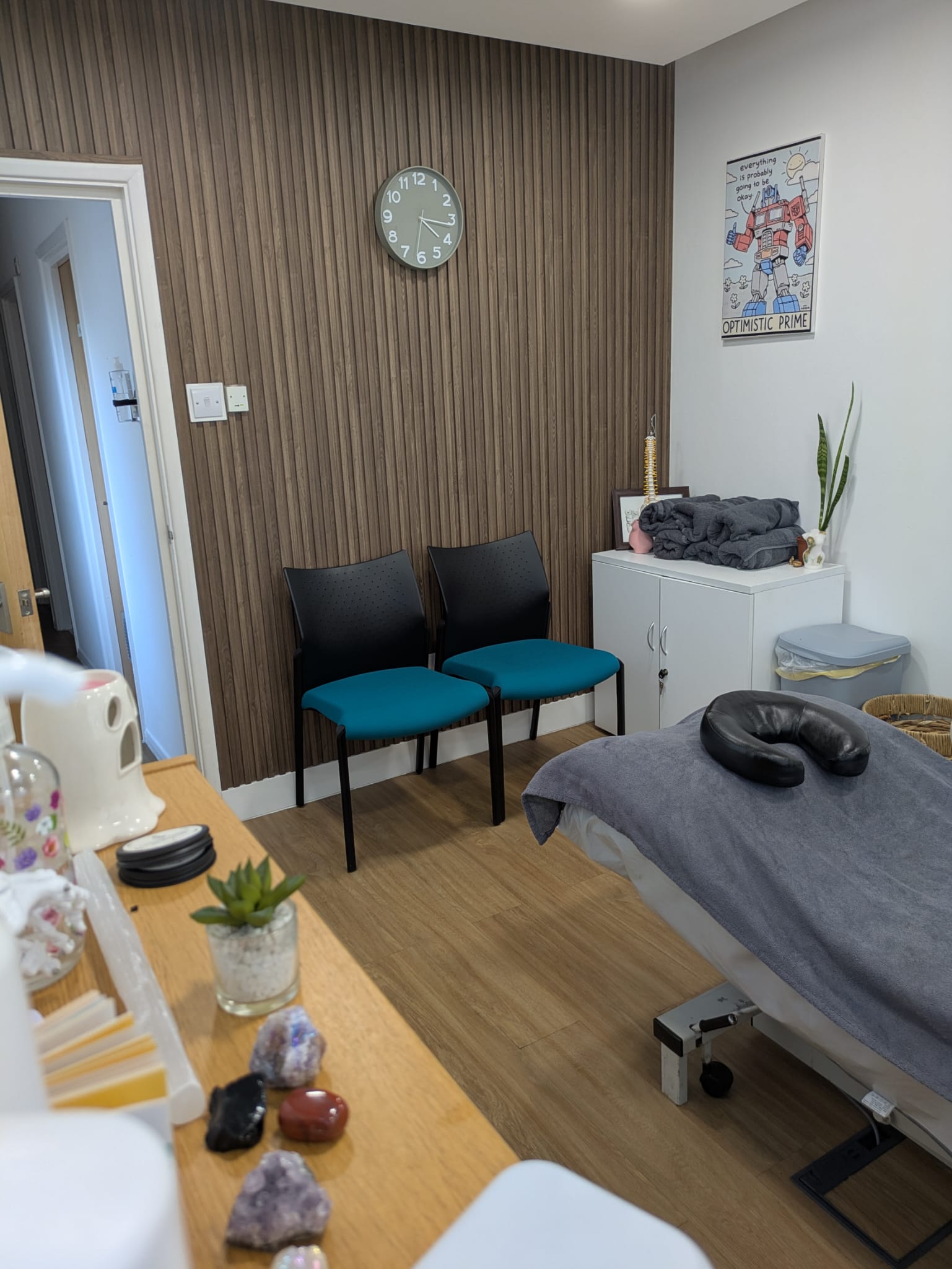
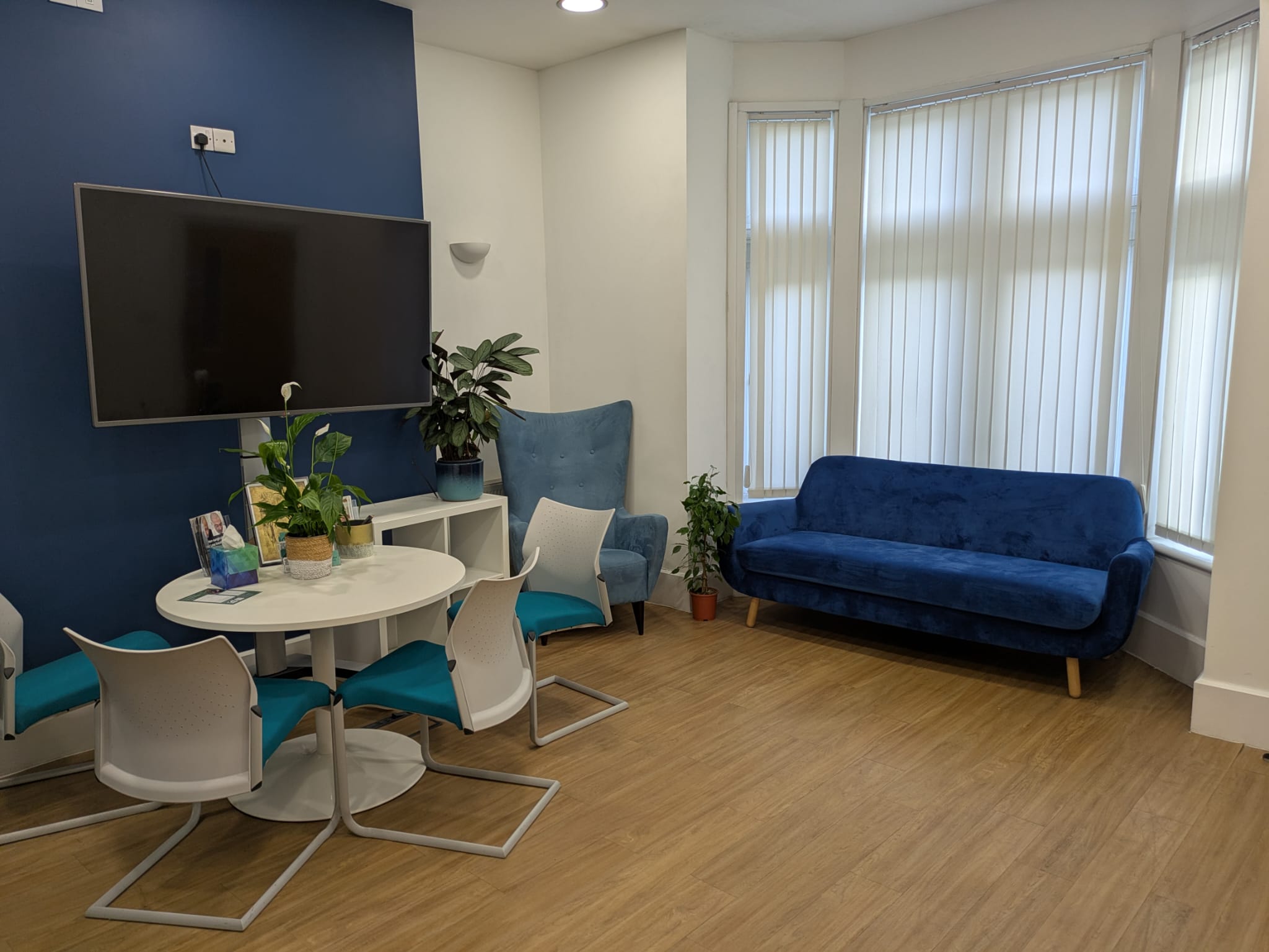
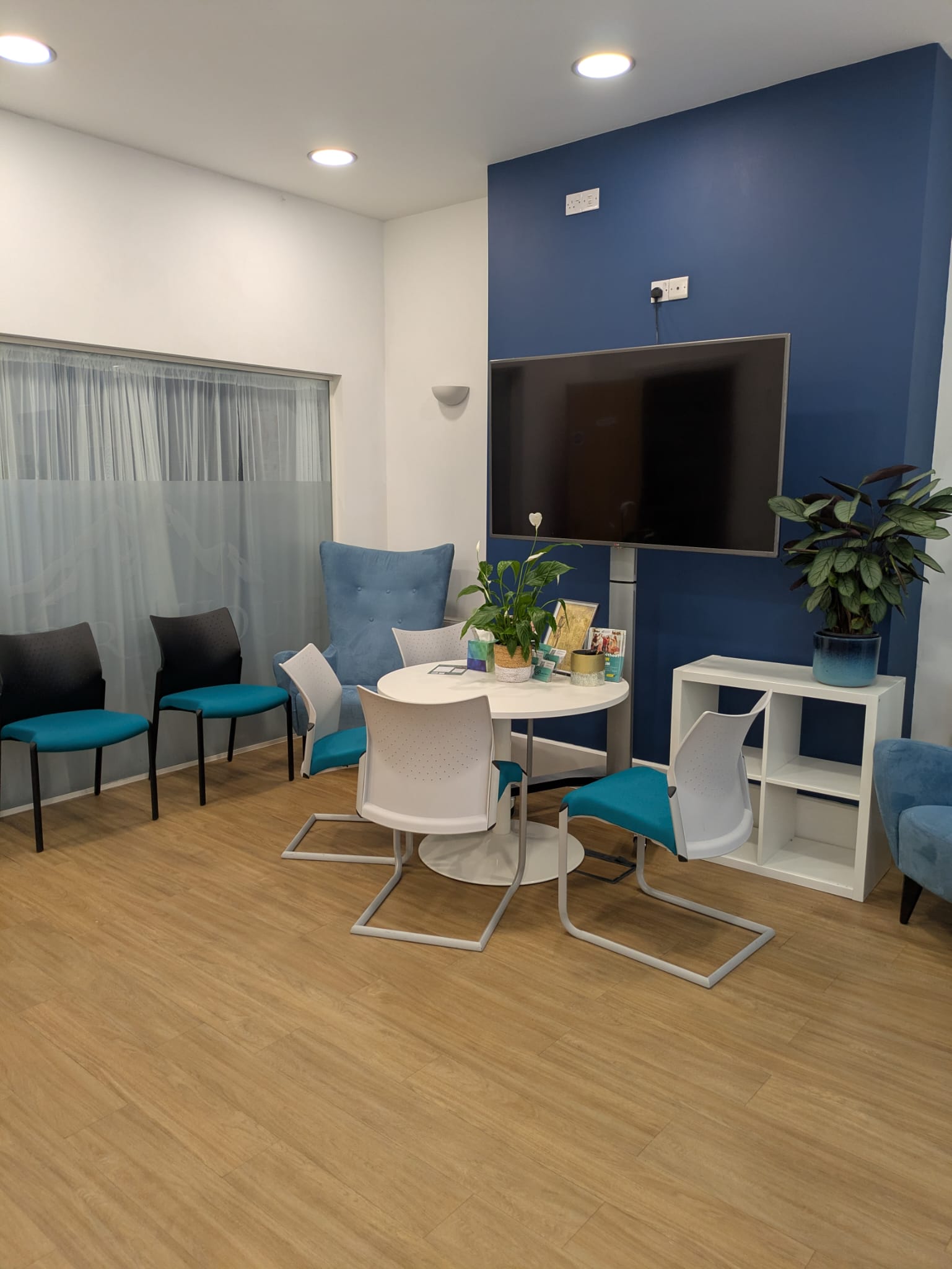
We are still providing treatment for:
- Back and neck pain
- Pregnancy related changes to posture
- Postnatal Conditions ( Mummy MOT)
- Headaches and migraines
- Minor sports injuries/ Maintaining or starting an active lifestyle
- Joint pain
- Stress and workplace management
Osteopathy is a system of assessing, diagnosing, treating and preventing a wide range of health problems. Osteopaths are regulated health professionals, who have completed a minimum of a 4 year degree. The study focuses on anatomy, physiology, pathology, neurology , general medical screening and osteopathic techniques. Osteopaths are bound by regulations and standards produced by General Osteopathic Council (GOsC) and the General Data Protection Regulation (GDPR).
All Osteopaths are registered, DBS checked and hold a first aid qualification; you’re in safe hands
